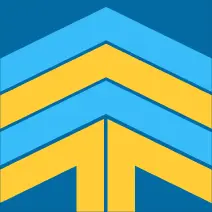
See the Market Clearly

Map the Demand
Map the Demand
By now, you know the landscape, you’ve spotted some trends, and you’ve peeked at the competition. The next step is to make sure people actually want what you’re planning to sell. This is where demand mapping comes in — figuring out where people are spending their money and how often they’re searching for products like yours.
Demand isn’t abstract. It shows up in search bars, reviews, and sales rankings. If people are searching “soy candle gift set” 50,000 times a month, that’s demand. If a niche Shopify shop has hundreds of reviews for handmade mugs, that’s demand. The trick is to map it across a few different channels so you’re not relying on one shaky data point.
Luckily, you don’t need to hire a market research firm. Free tools can give you a clear picture:
- Google Trends shows search volume over time (are people more into matcha this year than last?).
- Etsy Search Bar gives you autocomplete suggestions (a quick way to see what shoppers are typing most often).
- Amazon Best Sellers shows what people are actually buying in real time.
Think of this as sketching a map. You don’t need to know every street. You just need the major roads that show where people are already traveling. Then you can decide if your brand wants to set up shop on that road — or on a smaller side street where traffic is lighter but less crowded.

Pick one product idea and check it in three places: Google Trends, Etsy autocomplete, and Amazon Best Sellers. Write down the search terms and best-selling items that appear. Do you see steady demand? Seasonal spikes? A growing trend line? That’s your demand map.



